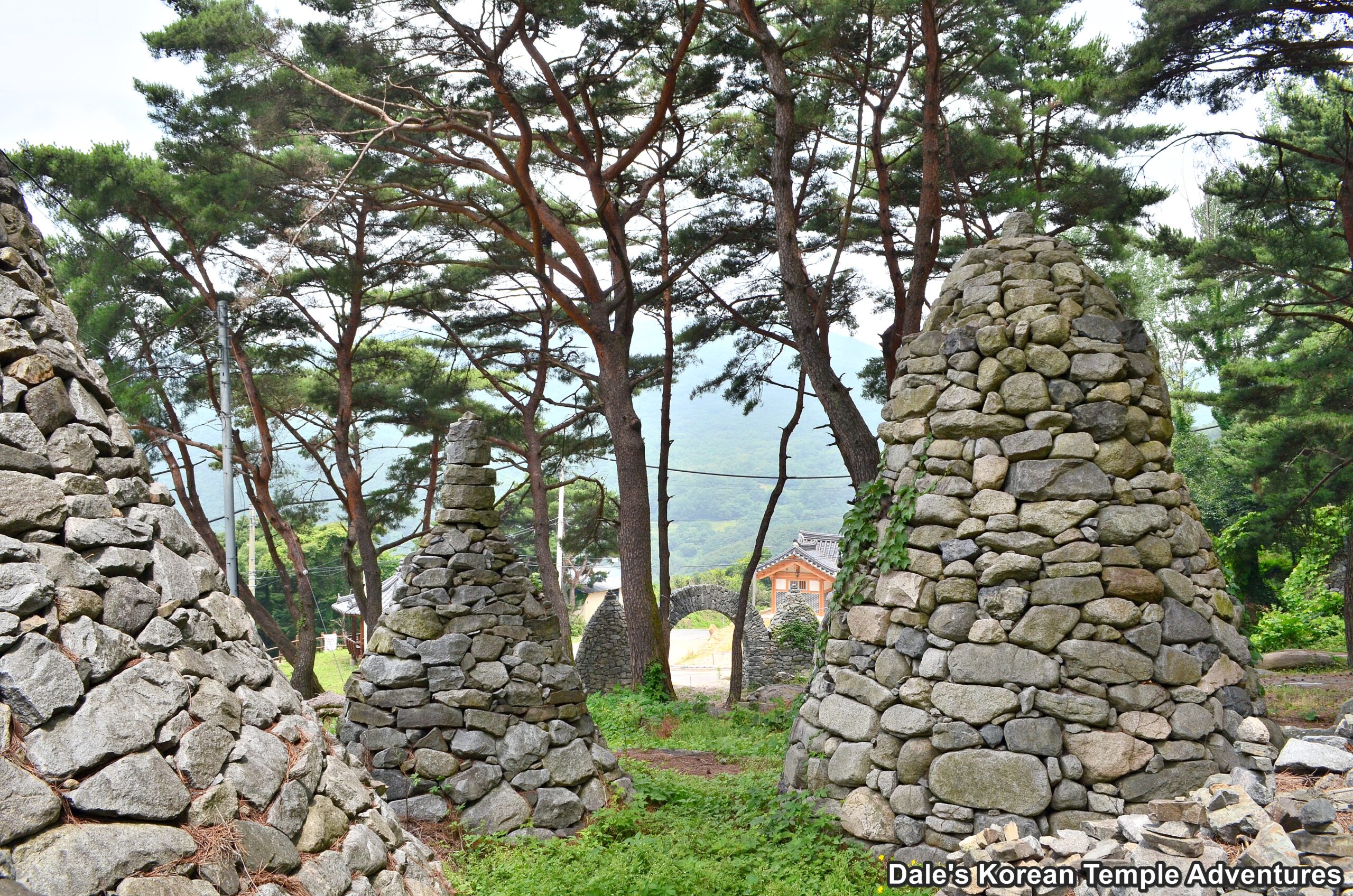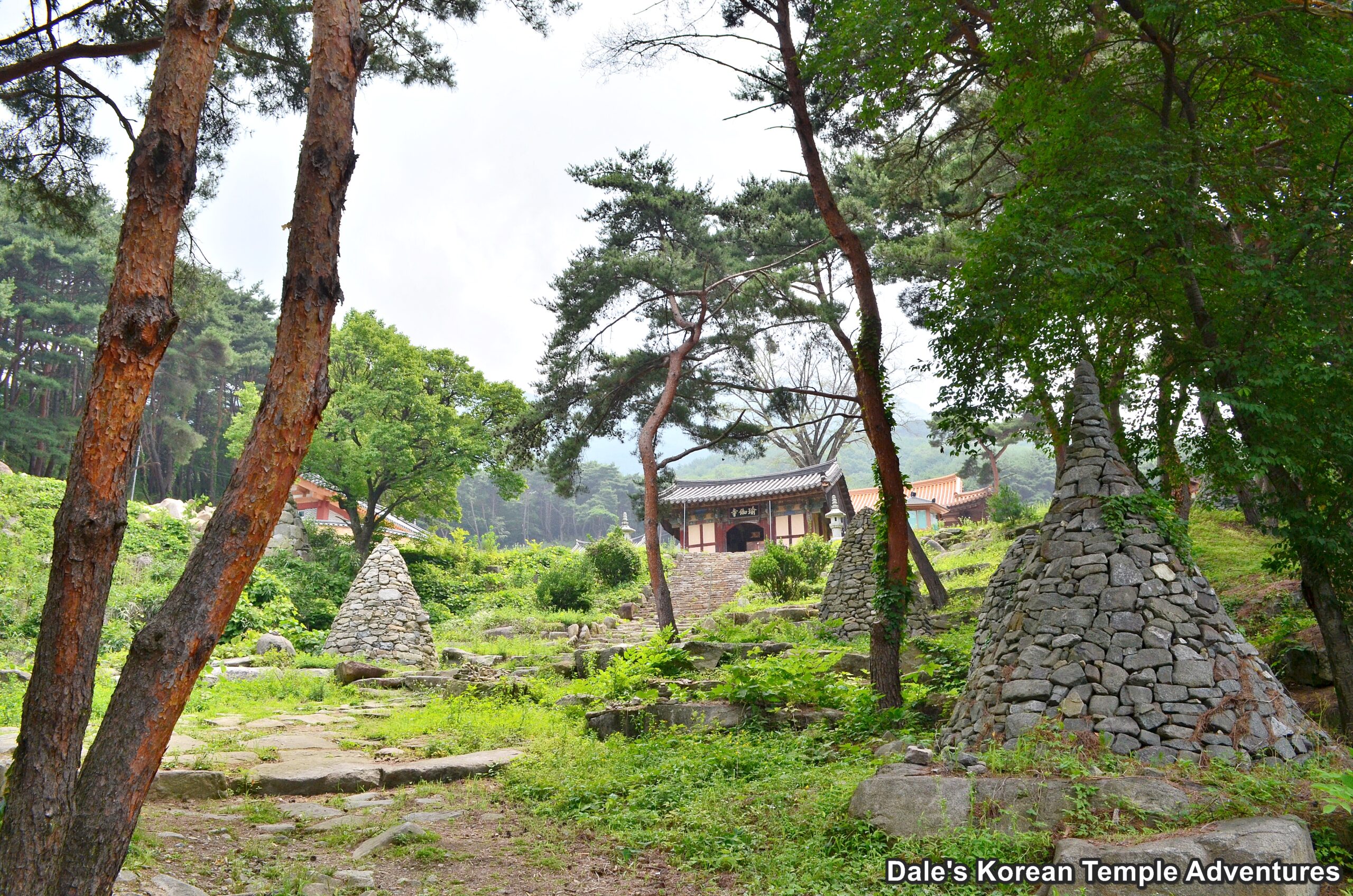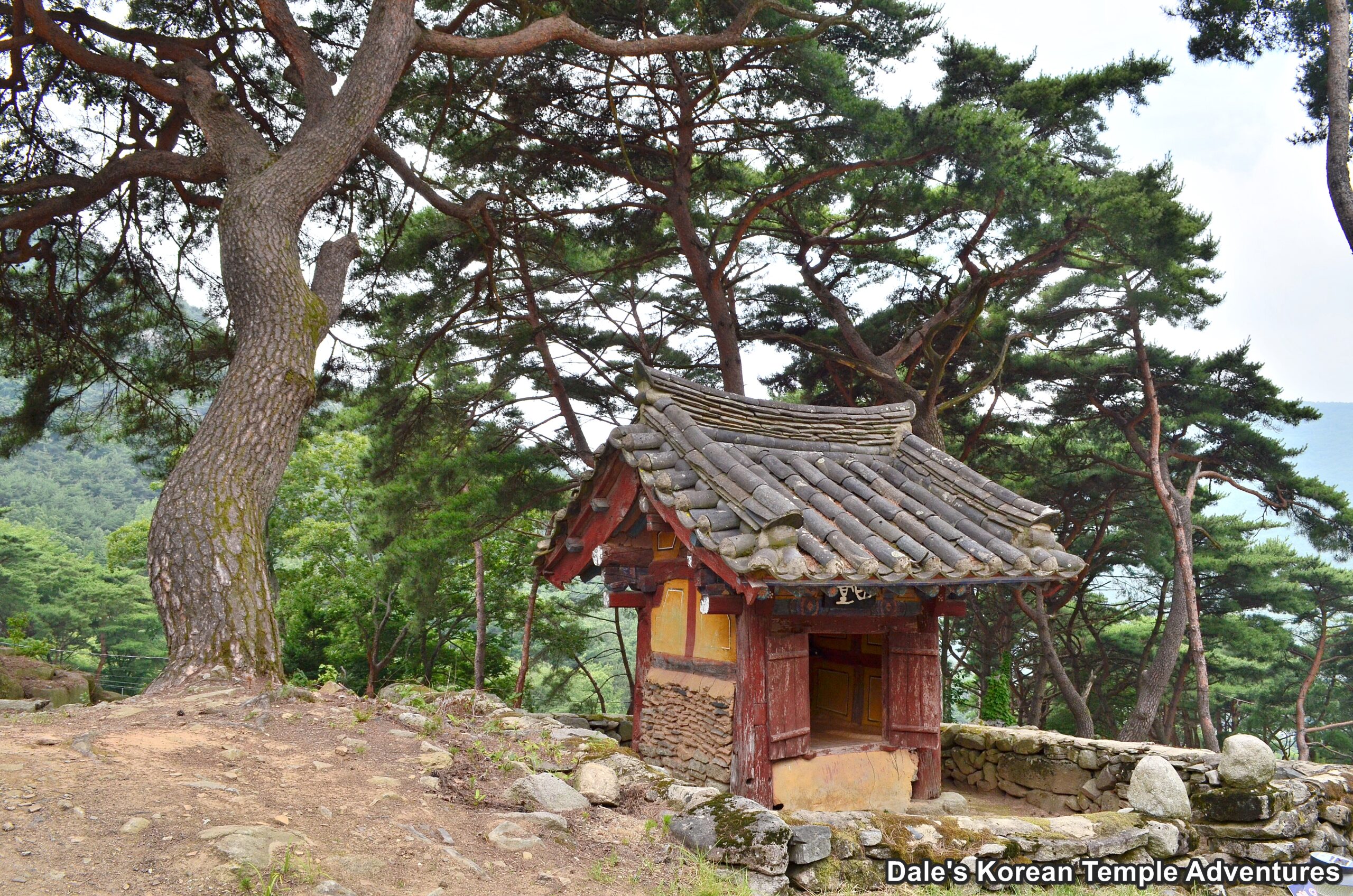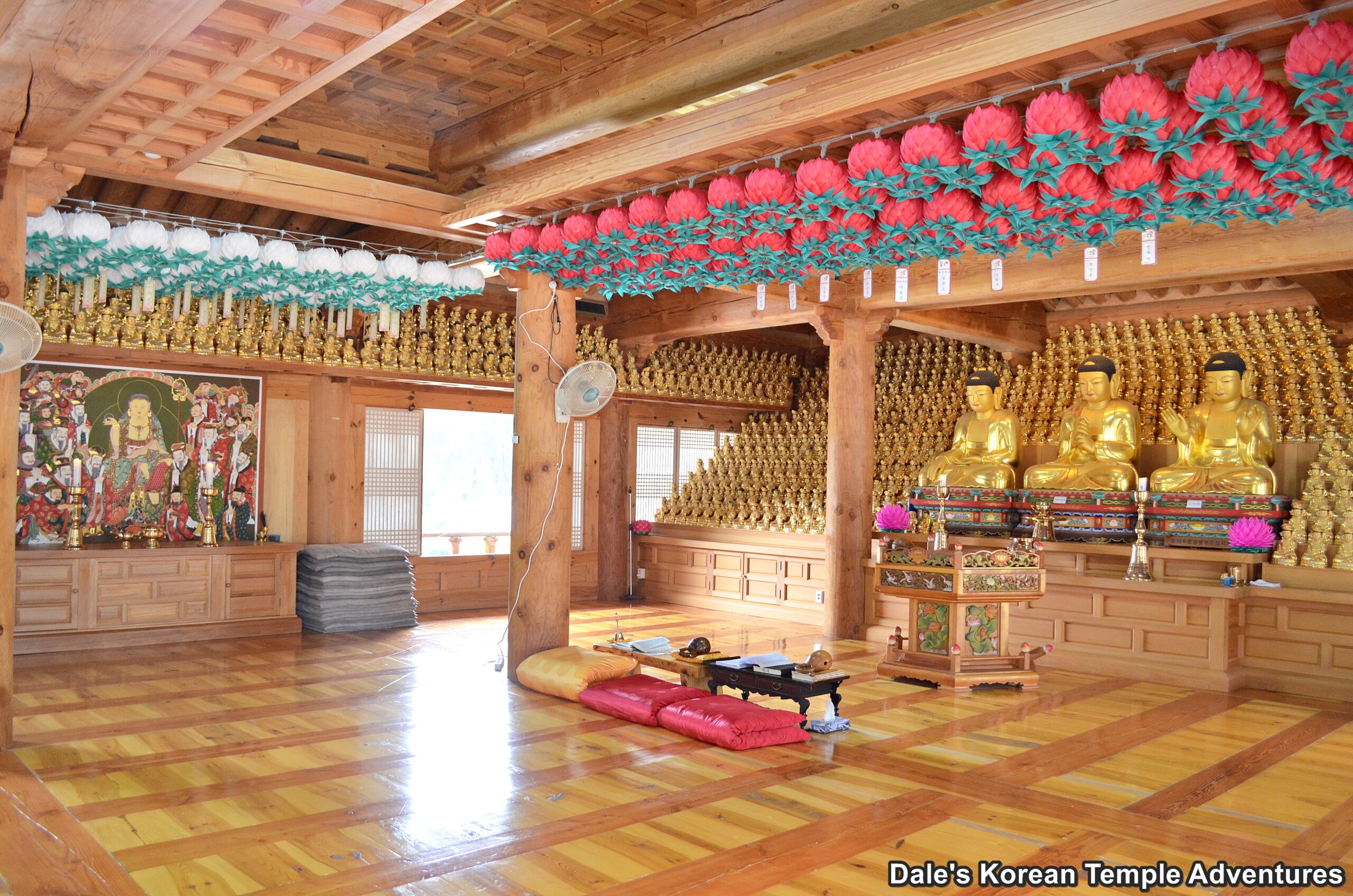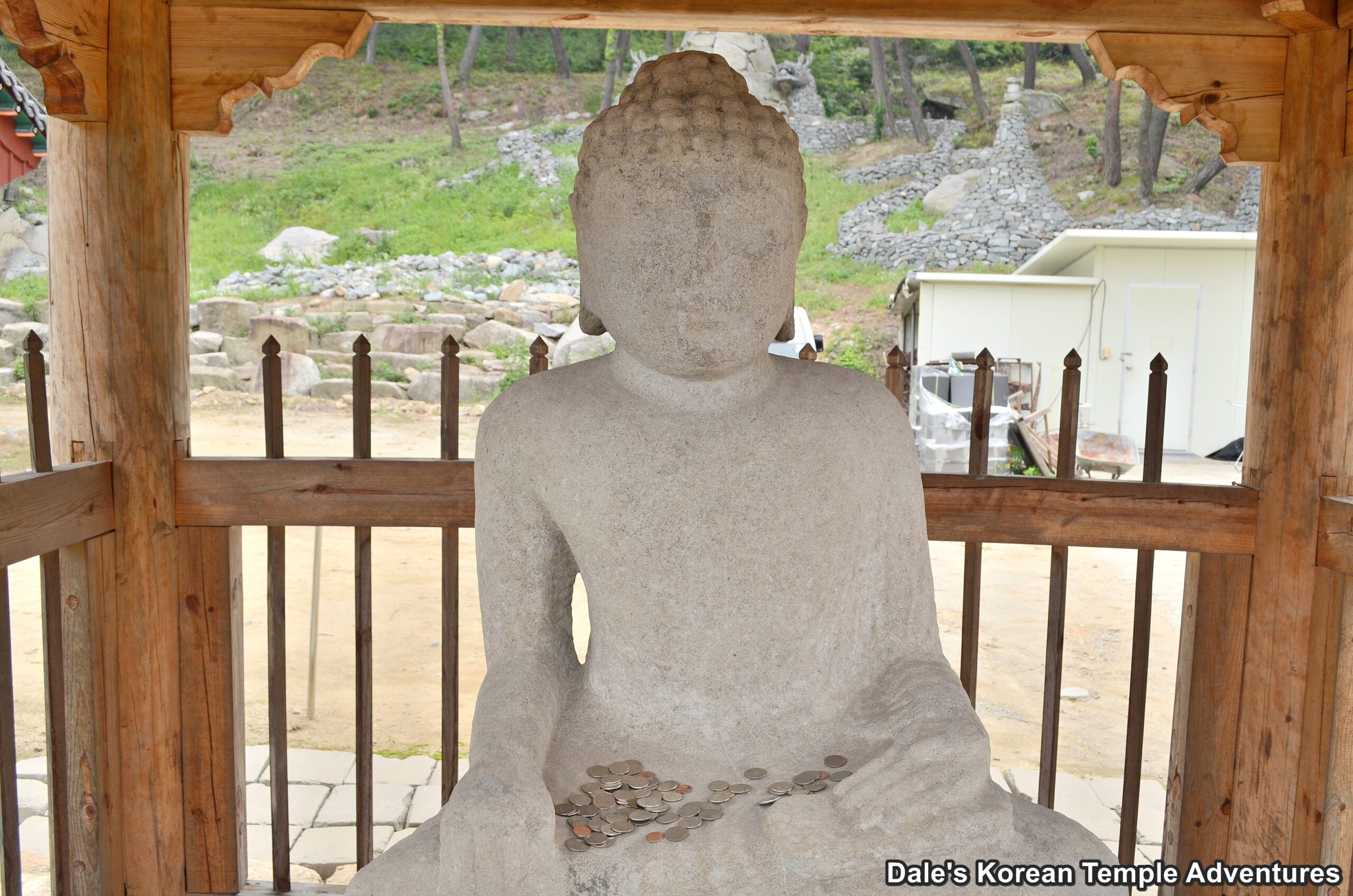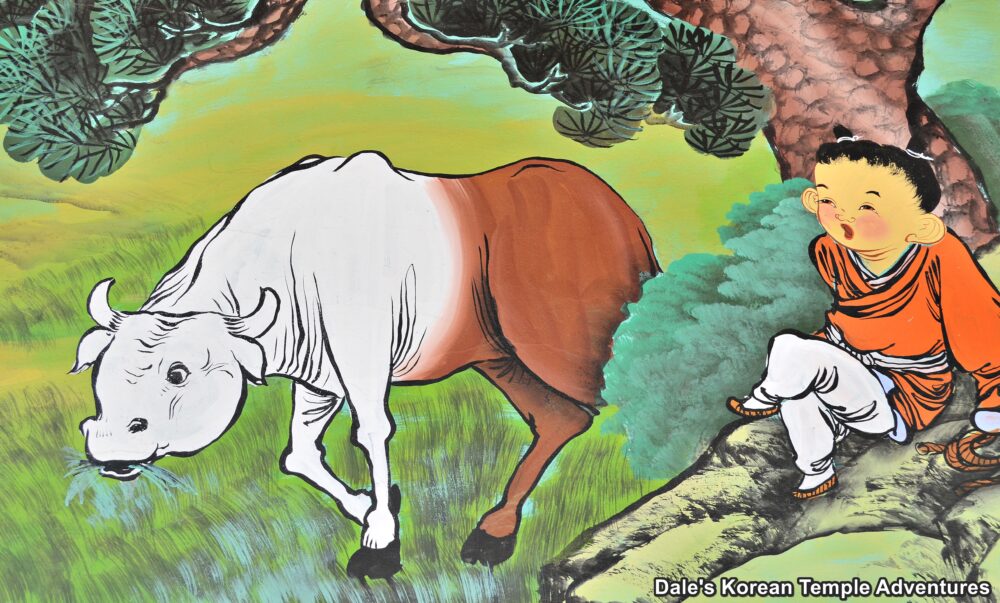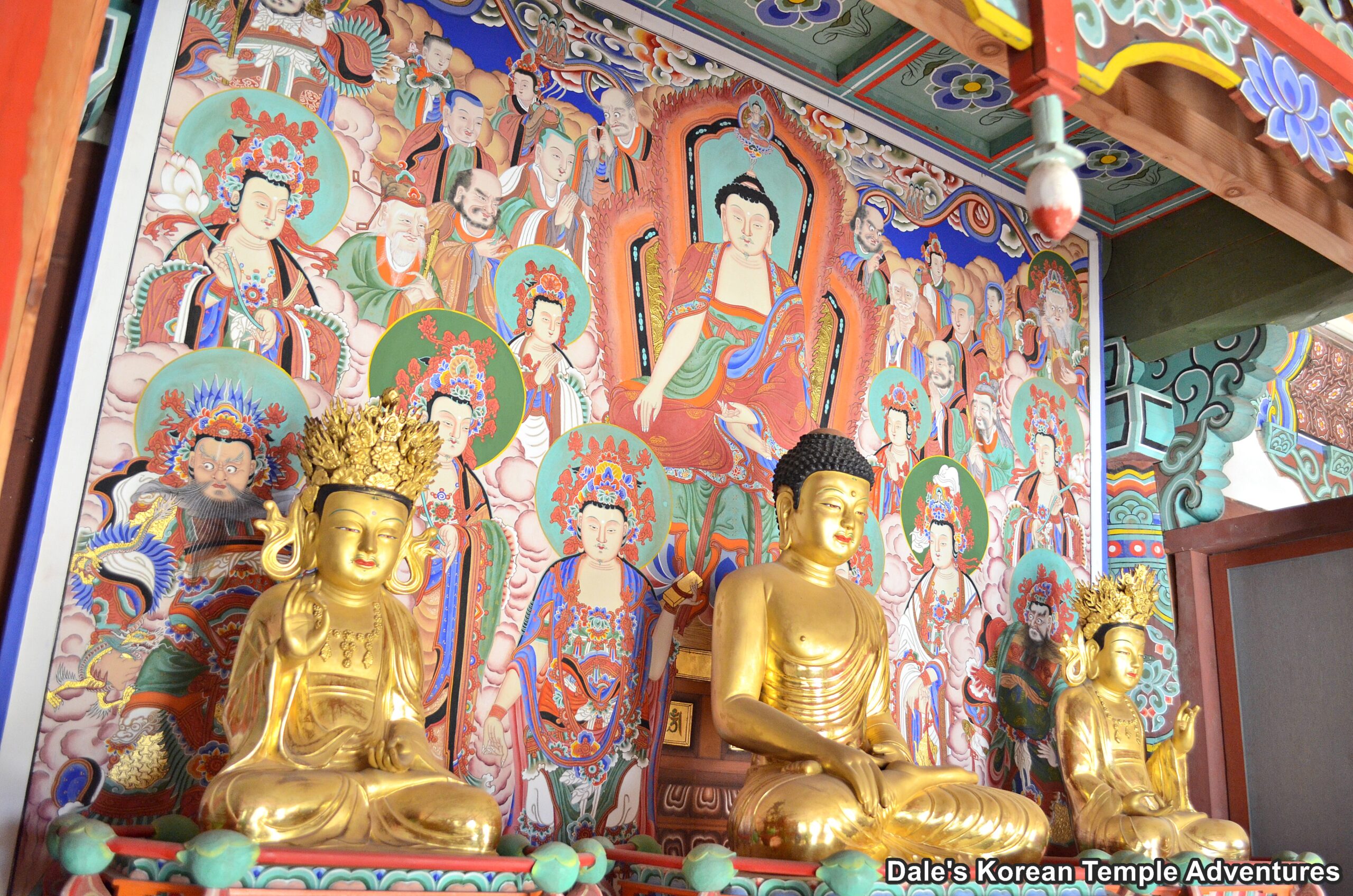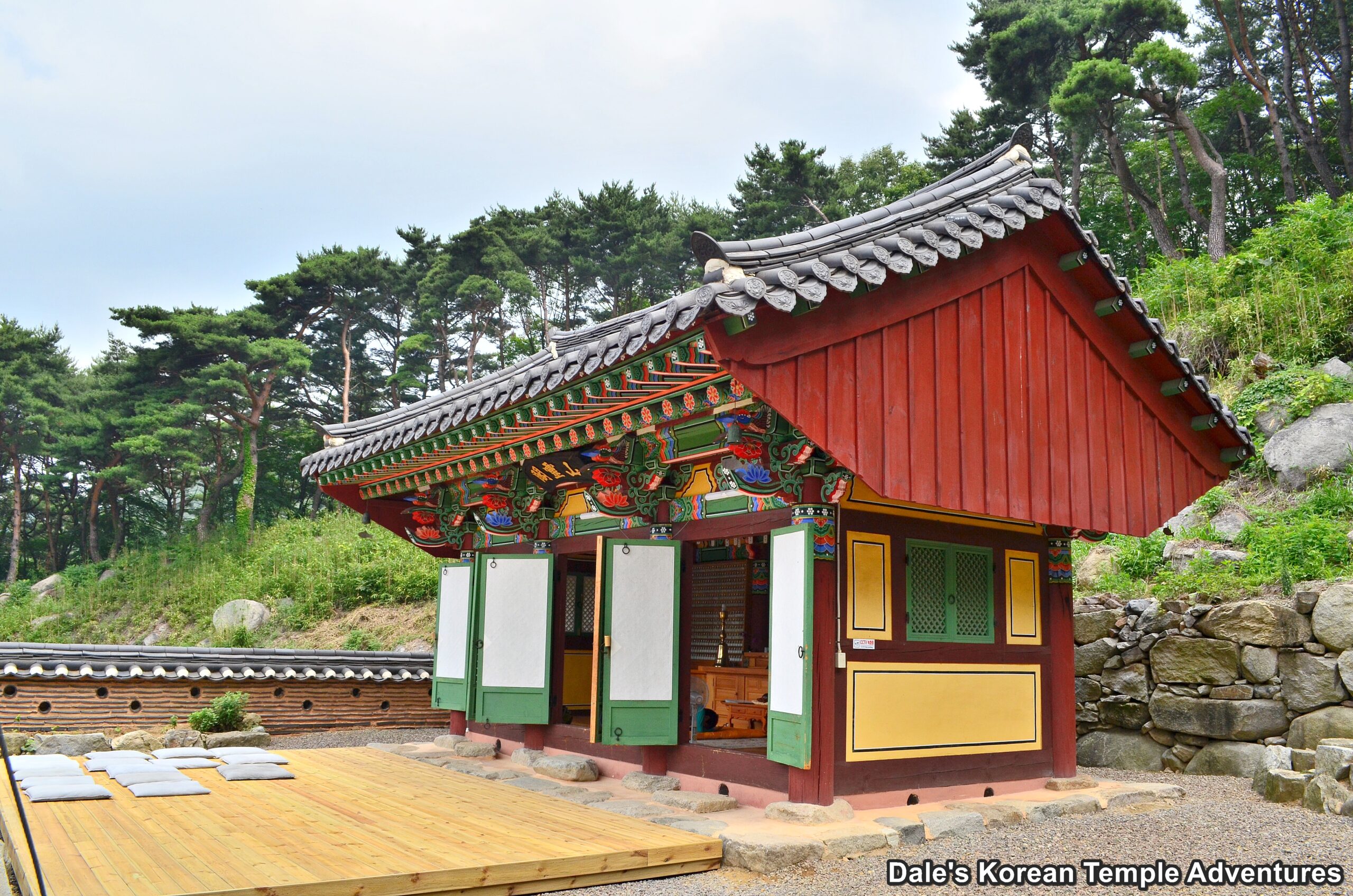Yugasa Temple – 유가사 (Dalseong-gun, Daegu)
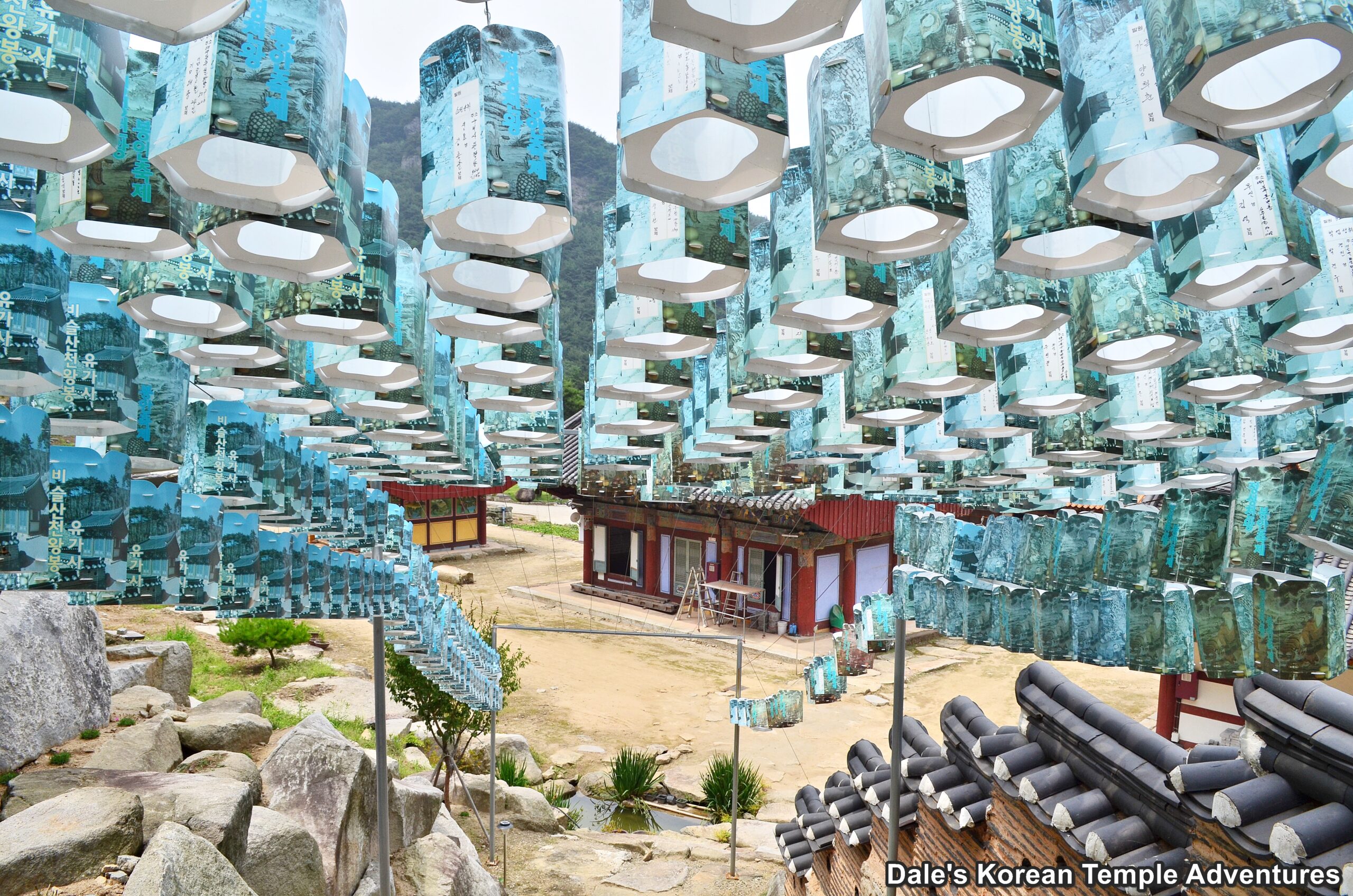
Temple History
Yugasa Temple, which is located on the western slopes of Mt. Biseulsan (1083.4 m), can be found in southern Daegu. There are two stories as to when Yugasa Temple was first established. One story describes the temple being founded between 765 to 780 A.D. And the more likely story of the two is that Yugasa Temple was founded in 829 A.D. by the monk Doseong. The location of the temple was selected because the mountains looked like a beautiful bead and/or Buddha. Additionally, Yugasa Temple is the headquarters for the Yuga-jong Buddhist Order.
Throughout the years, Yugasa Temple has undergone numerous rebuilds and renovations. The first came in 889 during the reign of Queen Jinseong of Silla (r.887-897). Yugasa Temple was then reconstructed, again, in 1047, during the reign of King Munjong of Goryeo (r.1046-1083 A.D.). Yugasa Temple was also home to the famed monk Ilyeon (1206-1289). For a third time, Yugasa Temple was reconstructed in 1452, coincidentally, during the reign of King Munjong of Joseon (r.1450-1452). By this time, Yugasa Temple was quite large in size. There were over three thousand monks that stayed at the temple during the height of Yugasa Temple. However, in 1592, and like so many other temples in Korea, Yugasa Temple was destroyed during the Imjin War (1592-1598).
Temple Layout
Within the past ten years, Yugasa Temple has undergone a lot of renovations and rebuilding. You’ll first approach the temple grounds up a long winding country road, which is home to the temple’s Iljumun Gate. Just past the Iljumun Gate, and a little further up the road, you’ll see a couple of fields with stone pagodas in them reminiscent of the ones found at Tapsa Temple.
Through an arched entryway, you’ll pass through the Cheonwangmun Gate, which houses four statues of the Four Heavenly Kings. Up another uneven set of stone stairs, you’ll pass under the Beomjong-ru Pavilion. This newly built two-story bell pavilion houses the four traditional Buddhist percussion instruments. And the entire time you’re passing through the temple entry gates and pavilion, you’ll see the peak of Mt. Biseulsan hovering off in the distance, beautifully framing the entire temple grounds.
Emerging on the other side of the Cheonwangmun Gate, but before passing through the newly built Shibang-ru Pavilion, you’ll notice a tiny little wooden shrine to your right. This is the Guksa-dang shrine. This shrine is dedicated to shaman deities. As for the Shibang-ru Pavilion, it’s a two-story structure. The first floor acts as an entry to the main temple grounds at Yugasa Temple. The second floor, however, acts as the temple’s Daejeokgwang-jeon Hall. Housed inside this shrine hall, and resting on the main altar, are a triad centred by Birojana-bul (The Buddha of Cosmic Energy). This statue is joined on either side by Seokgamoni-bul (The Historical Buddha) and Rocana-bul (The Perfect Body Buddha). This triad is then surrounded by hundreds of varying Buddhas and Bodhisattvas statuettes. And hanging on the far left wall is a mural dedicated to Jijang-bosal (The Bodhisattva of the Afterlife). The exterior walls to the Shibang-ru Pavilion are unadorned, but it’s crowned by a beautiful copper-coloured roof.
To the rear of the Shibang-ru Pavilion is the Daeung-jeon Hall. All but for the traditional dancheong colours, the main hall is unadorned. As for the interior of the Daeung-jeon Hall, there’s a large triad of statues centred by Seokgamoni-bul (The Historical Buddha) on the main altar. This central statue is joined on either side by Bohyeon-bosal (The Bodhisattva of Power) and Munsu-bosal (The Bodhisattva of Wisdom). To the left rear of the main altar hangs an older mural dedicated to Dokseong (The Lonely Saint). And on the far right wall hangs the Shinjung Taenghwa (Guardian Mural).
To the right of the Daeung-jeon Hall is a newly built shrine that houses a 10th century statue of Seokgamoni-bul (The Historical Buddha). This statue is Daegu Tangible Cultural Property #50. Overall, the statue has been well preserved.
To the right of the Daeung-jeon Hall is the Gwaneum-jeon Hall. This hall houses a small solitary statue of the multi-headed and armed Bodhisattva of Compassion, Gwanseeum-bosal. This statue is then backed by a black wall with golden Hanja lettering. And the exterior walls to this hall are adorned with the cutest Shimu-do (Ox-Herding Murals) that you’ll find in Korea. The ox-herder is a child in pursuit of his ox.
To the left of the Daeung-jeon Hall stands the Nahan-jeon Hall. The rather plain interior has a main altar occupied by a triad centred by Seokgamoni-bul (The Historical Buddha). And this triad is then joined by sixteen Nahan (The Historical Disciples of the Buddha) inside the Nahan-jeon Hall. And up the embankment and a set of stairs is the newly built Sanshin-gak Hall. The large hall overlooks the rest of the temple grounds, and it houses a beautiful large painting dedicated to the Mountain Spirit inside this shaman shrine hall.
How To Get There
From the Daegu train station, you’ll need to walk to the subway station. It takes about three minutes. The subway stop is called Daegu Station on the first line. Take the subway towards the Daegok subway stop. Fifteen stops later, or thirty minutes, get off at the Daegok Station and take exit #1. From here, you’ll need to find the Daegok bus stop. Take Bus #600 from this stop. After forty stops (yes forty!), or an hour and thirty-five minutes later, get off at the Yugasa stop, which is also the last stop on the bus route. From this stop, walk ten minutes to get to Yugasa Temple.
Overall Rating: 7.5/10
With a lot of new construction at the temple, which includes the copper-covered Shibang-ru Pavilion, Beomjong-ru Pavilion, the Gwaneum-jeon Hall, and the Sanshin-gak Hall, the new additions blend in well with the older buildings like the Daeung-jeon Hall, the Nahan-jeon Hall, and the Guksa-dang shrine. All of these shrine halls are occupied with beautiful Buddhist artwork and are framed by the ever present peaks of Mt. Biseulsan.
